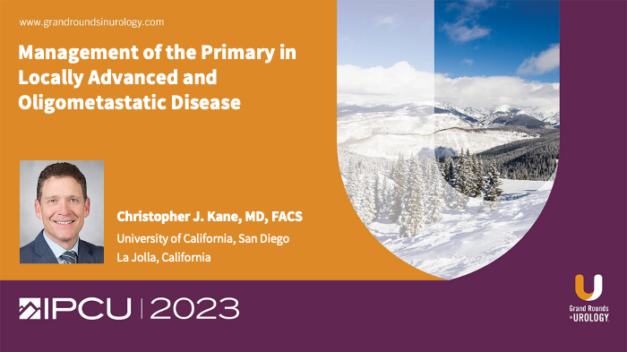High-Risk Localized and Oligometastatic Disease
Christopher J. Kane, MD, FACS, provides an overview of current best practices in detecting and treating high-risk localized and oligometastatic prostate cancer. In this presentation, he reviews:
The diagnostic value of PSMA PET versus nodal dissection
The overall survival rates of patients treated with ADT plus XRT versus ADT alone
The risks of long-term ADT





